The Bouroullec brothers at Unité d’Habitation
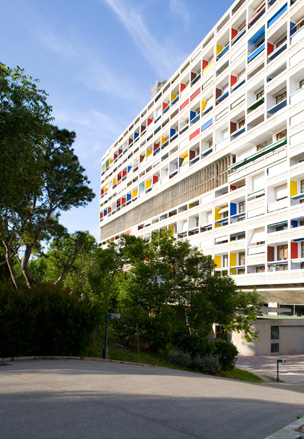
Ronan and Erwan Bouroullec have chosen an unusual location to show their furniture collections this summer - a lived-in apartment in Le Corbusier's iconic Unité d'Habitation in Marseille.
'It all started early this year, when Jasper Morrison introduced us to the owners of one of the apartments in the housing block,' say the Breton-born brothers. 'We decided to feature a selection of objects from our collection of designs which seemed to rightly fit in this apartment and match the way the owners live in it.'
The Bouroullecs have fitted out Apartment 50 with furniture that corresponds to each room's function. 'As an echo to Charlotte Perriand and Jean Prouvé's original furniture in the space, it seemed natural to us to articulate the remodelling around our 'Steelwood' collection for Magis - including a table, some chairs and a shelving system,' they explain. Le Corbusier's interest in tapestries is acknowledged in their 'Clouds' installation, designed for Kvadrat, which hangs on the wall. Also on show are some of their latest lighting designs, like the 'Lampalumina' for Bitossi and 'Lighthouse' for Established & Sons and Venini.
Unité d'Habitation in Marseille - also known as Cité Radieuse - is one of Le Corbusier's most influential buildings, finished in 1952. The giant, 12-storey apartment block is one of a series built by the architect in response to post-war housing shortage. Pre-cast apartment units were slotted into its rectilinear, raw concrete grid like bottles into a rack. Apartment 50 is open until 15th August.
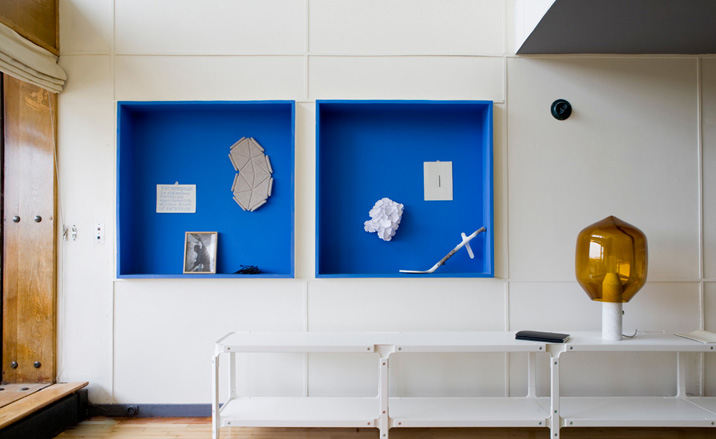
Ronan and Erwan Bouroullec have kitted out the apartment with furniture from their collection that fits the way its owners live
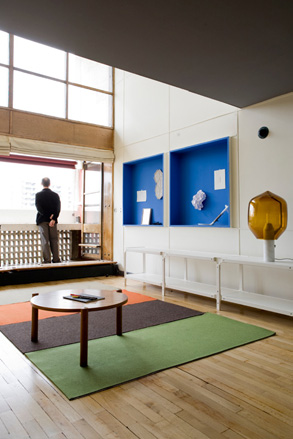
Apartment 50 features a double-volume living area
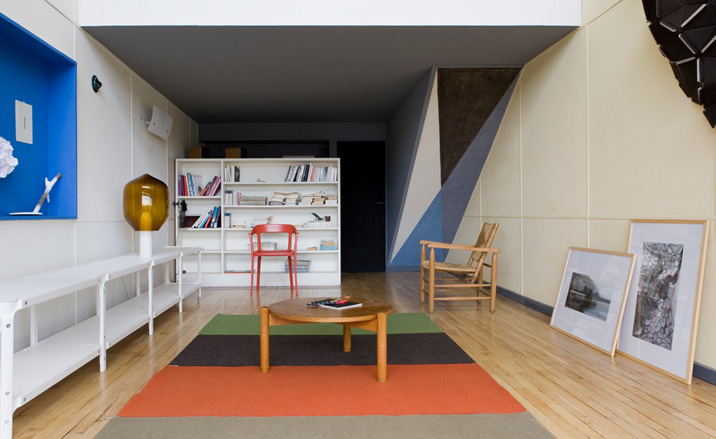
The Bouroullec brothers' 'Zip' carpet was first produced by Cappellini in 2002, then Vitra in 2004
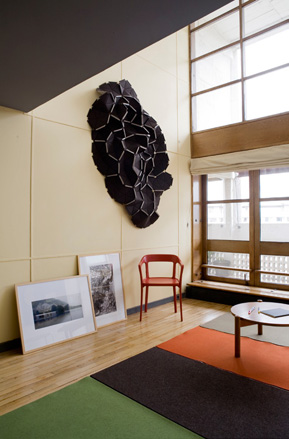
The Bouroullecs provide a nod to Le Corbusier's interest in tapestries, with their 'Clouds' installation for Kvadrat on the wall of the apartment
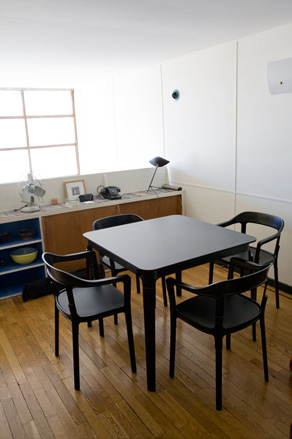
'Steelwood' furniture by Ronan and Erwan Bouroullec for Magis
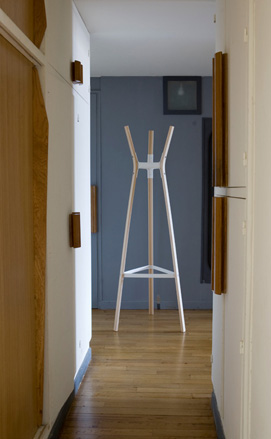
A coat hook by Ronan and Erwan Bouroullec
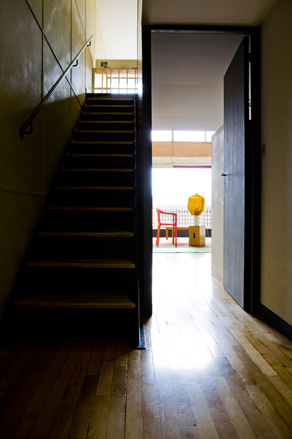
A stairway leads up to a mezzanine level above
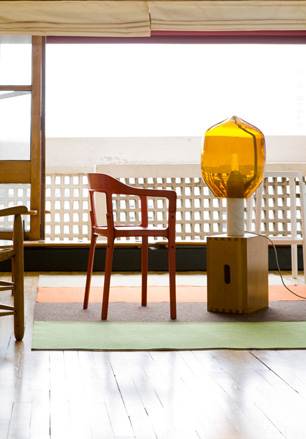
The new 'Lighthouse' lamp by Ronan and Erwan Bouroullec for Established & Sons and Venini
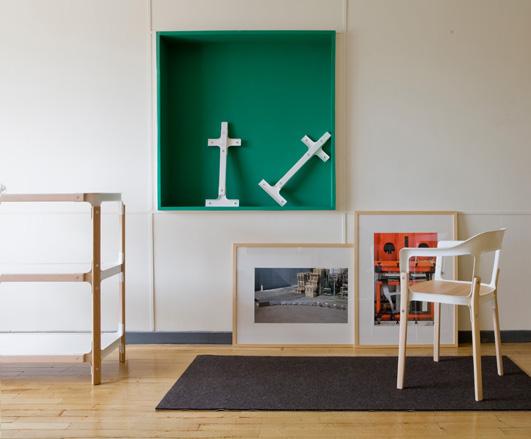
The furniture on show includes pieces that span the brothers' career
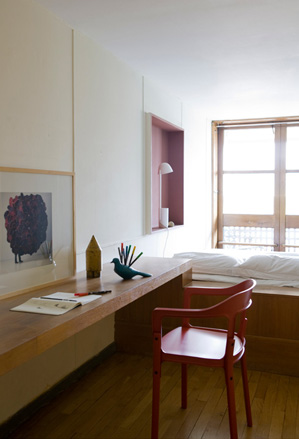
The 'Steelwood' chair in red
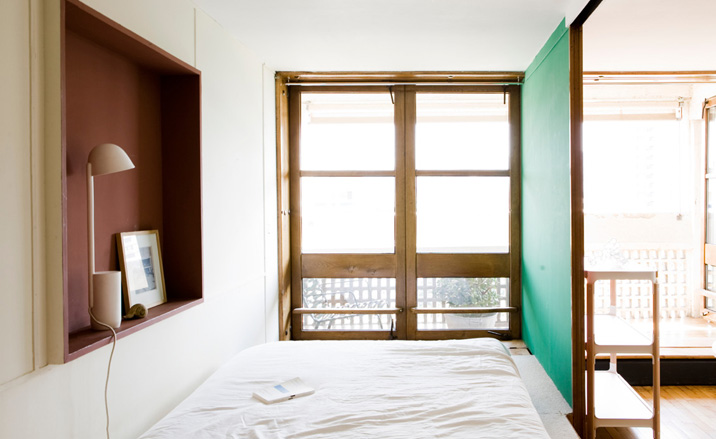
The new 'Lampalumina' by Ronan and Erwan Bouroullec for Bitossi Ceramiche
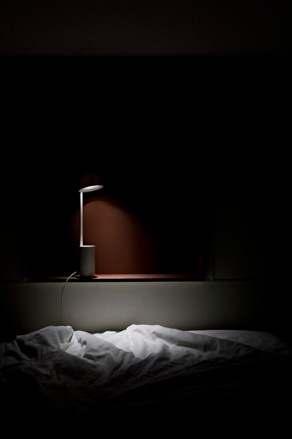
The apartment will be open for visitors until 15th August
ADDRESS
Cité Radieuse
Unité d'habitation Le Corbusier
Appartment 50, 5ème rue
280 boulevard Michelet
13008 Marseille
Receive our daily digest of inspiration, escapism and design stories from around the world direct to your inbox.
Malaika Byng is an editor, writer and consultant covering everything from architecture, design and ecology to art and craft. She was online editor for Wallpaper* magazine for three years and more recently editor of Crafts magazine, until she decided to go freelance in 2022. Based in London, she now writes for the Financial Times, Metropolis, Kinfolk and The Plant, among others.
-
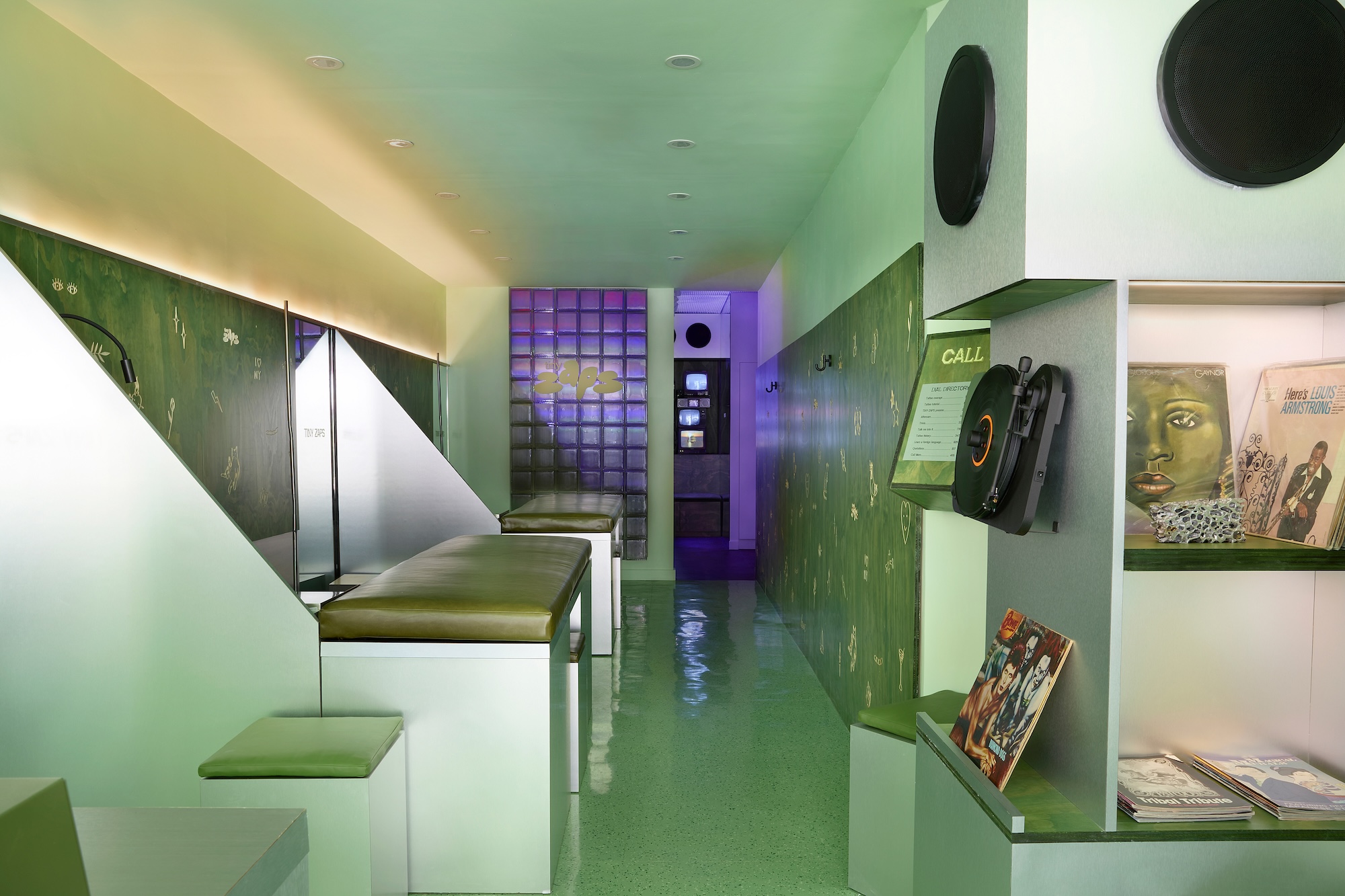 Terrified to get inked? This inviting Brooklyn tattoo parlour is for people who are 'a little bit nervous'
Terrified to get inked? This inviting Brooklyn tattoo parlour is for people who are 'a little bit nervous'With minty-green walls and an option to 'call mom', Tiny Zaps' Williamsburg location was designed to tame jitters
-
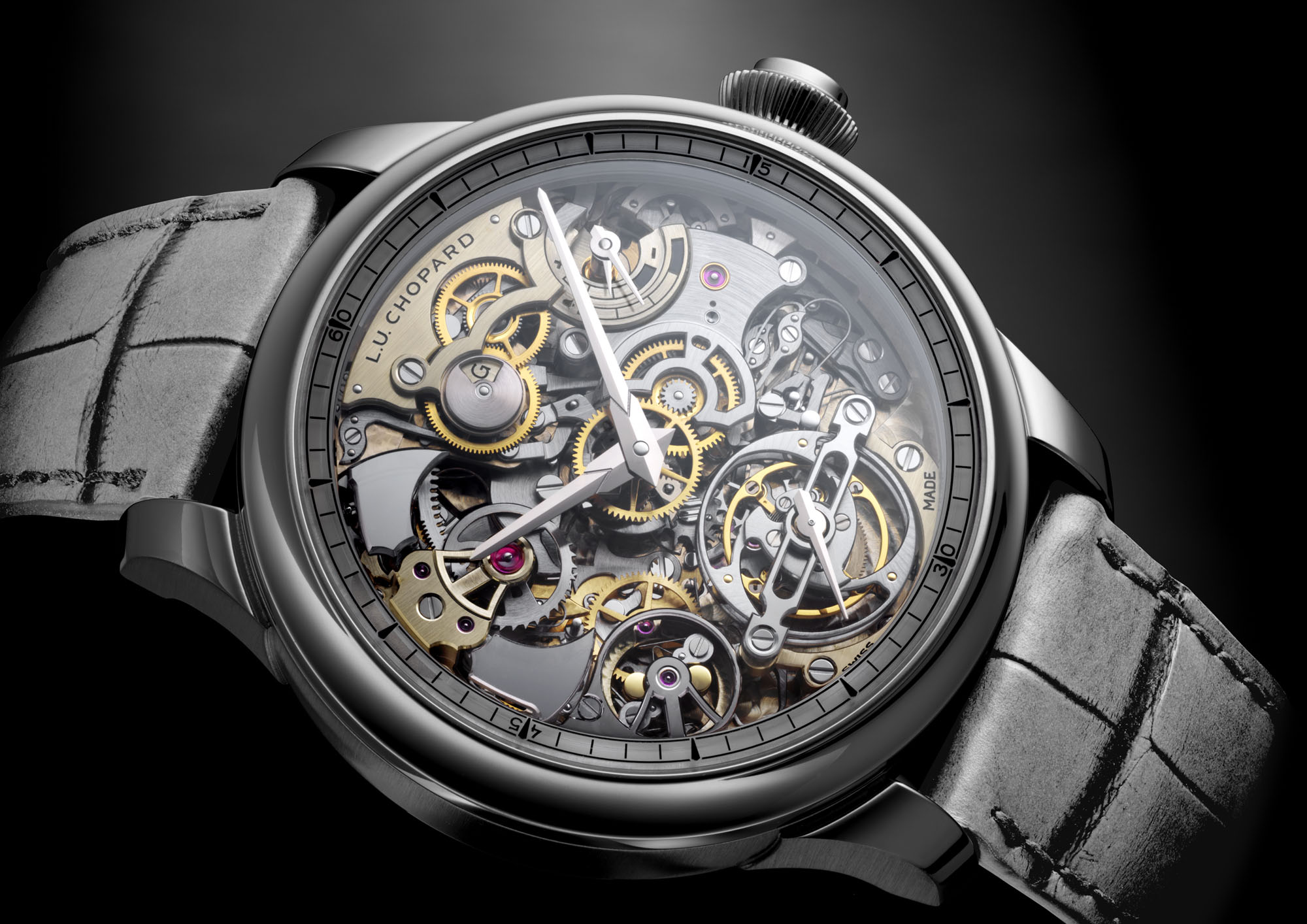 Let’s hear it for the Chopard L.U.C Grand Strike chiming watch
Let’s hear it for the Chopard L.U.C Grand Strike chiming watchThe Swiss watchmaker’s most complicated timepiece to date features an innovative approach to producing a crystal-clear sound
-
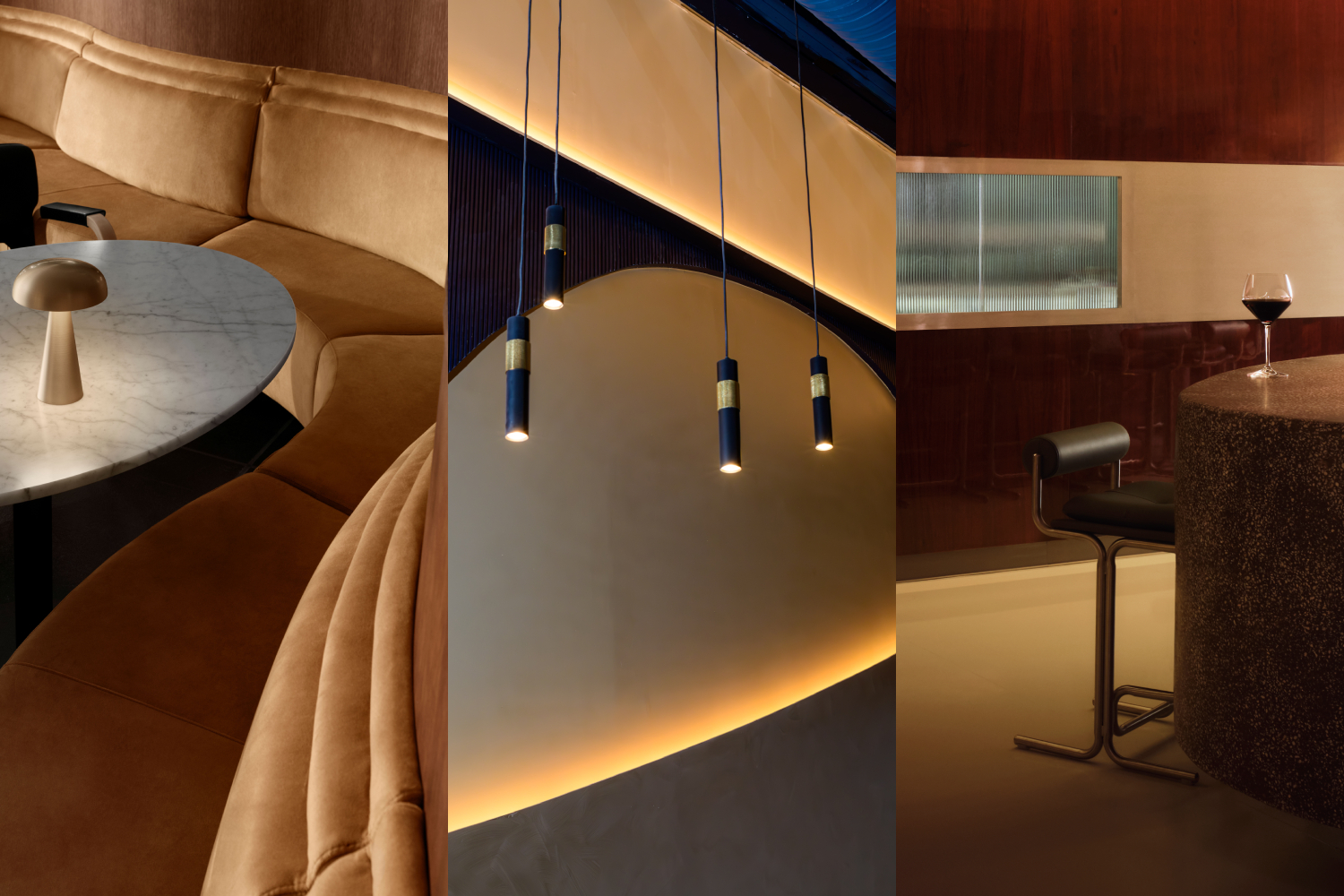 Form... and flavour? The best design-led restaurant debuts of 2025
Form... and flavour? The best design-led restaurant debuts of 2025A Wallpaper* edit of the restaurant interiors that shaped how we ate, gathered and lingered this year